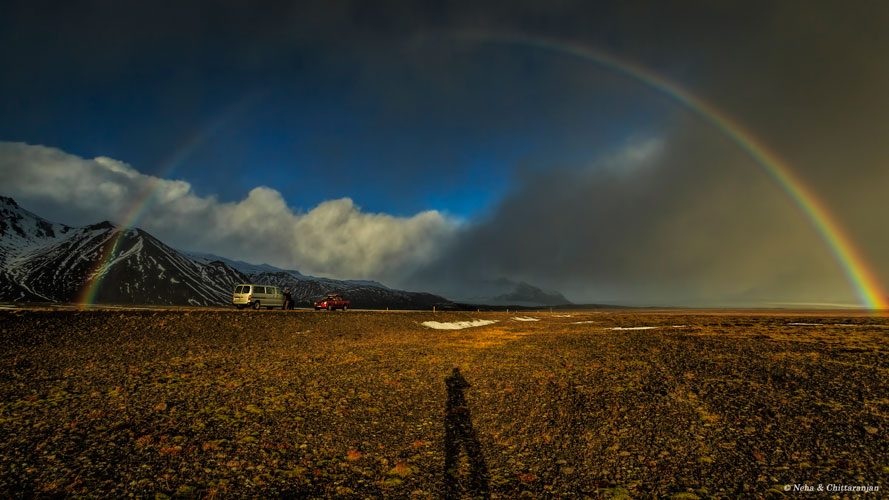Don’t tell me there are rules in photography too! Well there are none, if you want to take a routine mundane boring snap but yes there are certain guidelines, if you want to capture one of your dream Nat-Geo submission images. It all started in the 15th century, which saw the emergence of various art forms like painting & sculpture in Europe & not surprisingly this era is referred to as the Renaissance period. If you’d study the works of various artists of this period, viz. Leonardo Da Vinci, Michael Angelo, Botticelli & others, you’d clearly understand how they followed various rules to make a work of art aesthetically extremely appealing. These rules have slowly transferred on to photography & used by the good photographers to make their work visually engaging. So what are these guidelines or rules of photography?
First things first, avoid putting your subjects bang in the center of the frame. The rule of thirds involves mentally dividing up your image using 2 horizontal lines and 2 vertical lines, as shown below. You then position the important elements in your scene along those lines, or at the points where they meet.

The idea is that an off-centre composition is more pleasing to the eye and looks more natural than one where the subject is placed right in the middle of the frame. It also encourages you to make creative use of negative space, the empty areas around your subject.
When framing a photo, imagine the scene divided up as above. Think about what elements of the photo are most important, and try to position them at or near the lines and intersections of the grid. They don't have to be perfectly lined up as long as they're close. Tip: Use the composition grid that is available in your cameras & even cel-phones to help you compose your frame when you shoot.
You are standing in front of a magnificent vista. There are snowcapped mountains, a river flows through to a glorious sunset, you point your camera at the distant horizon & click. When you are viewing your photographs later on, you find the photograph a bit insipid & lacking the drama that you witnessed. Try to add a foreground element, an anchor that holds the viewer’s attention & tells a story.
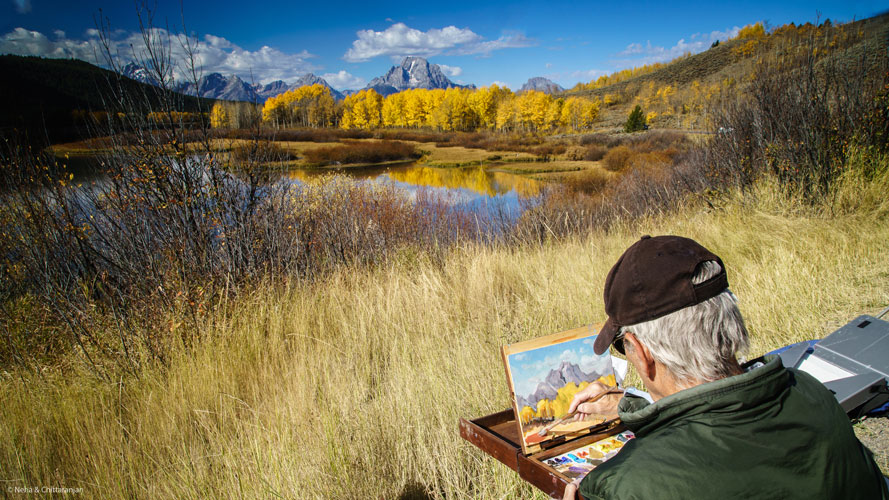
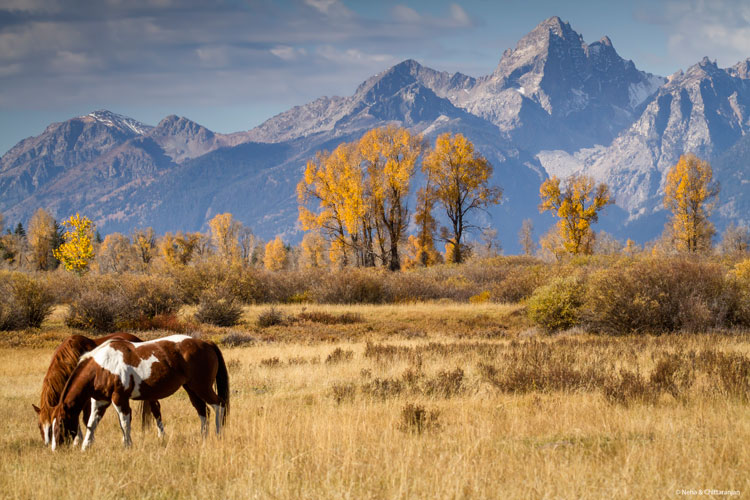
Try to find “Lead-In Lines to make an interesting photograph. These lines could be natural or man-made. They should not just be sitting there for the sake of it. They would really make sense if they would lead to the main subject of the photograph.
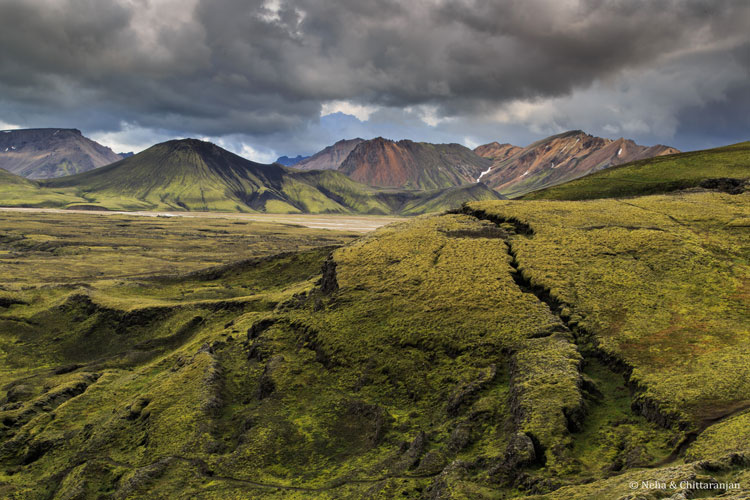
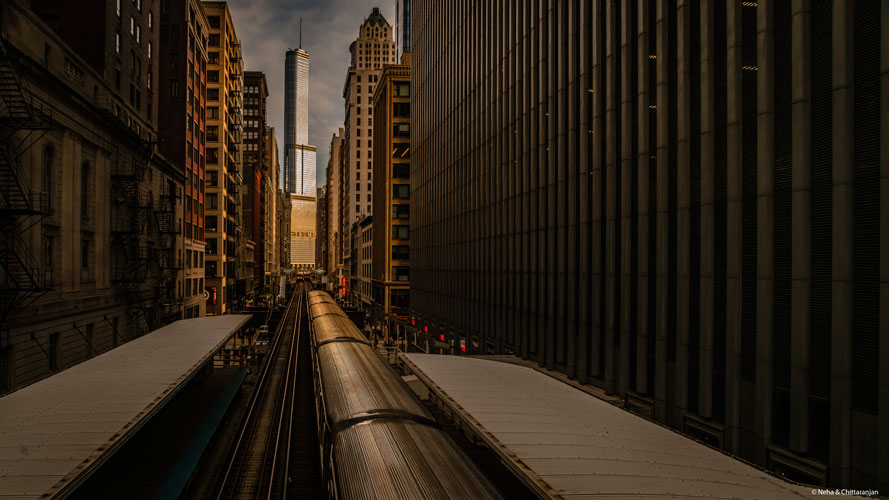
Look for natural or man-made frames that could make a beautiful border around the subject. Look for branches, trees or man-made objects like windows, doors, arches etc.

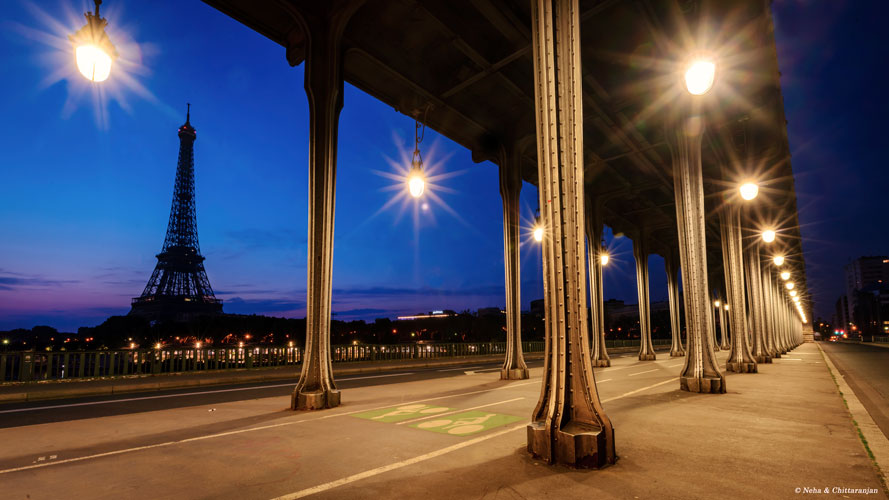

We see the world from our eye level day-in, day-out. Hence when we see an image from a different viewing angle, immediately it seems more appealing. Try to change the perspective every now & then to make the images more interesting. Shoot down from high above a vantage point. Get down low to the ground level & shoot up.
.jpg)
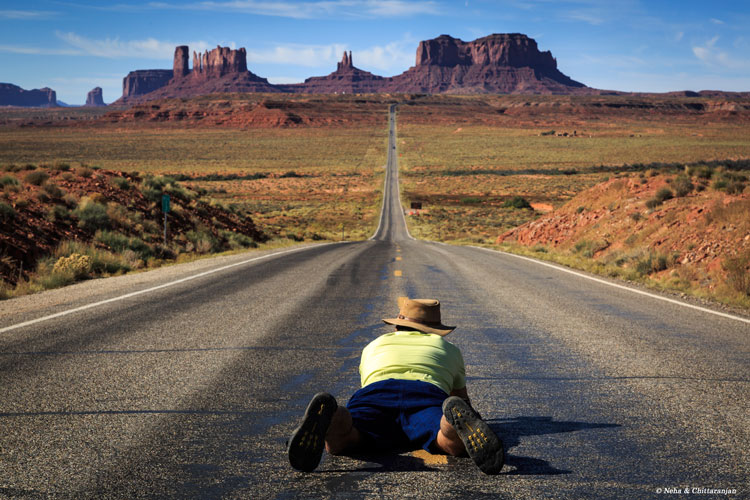
Milepost 13 on US 163, also known as Forrest Gump Point (as ithis location features in the famous movie Forrest Gump, where the protagonist Forrest stops running) gives a spectacular view of the Monument Valley. Just be careful you don't get flattened by the ongoing traffic!
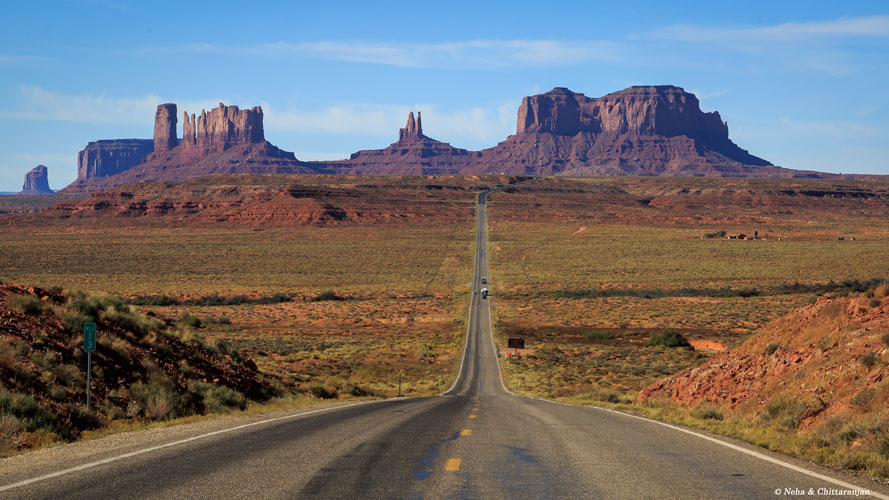
At times, just forget about all the rules you learnt above. Just shoot what your instincts tell you but first learn all the rules! Then trust your good aesthetics, keen eye & composition skills that develops & improves as you shoot more & more. Merry Shootin!
